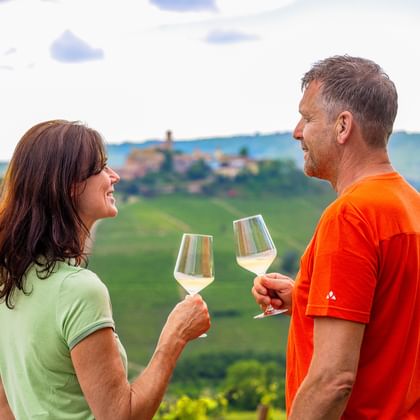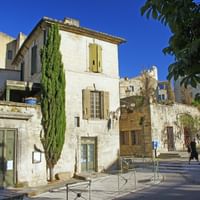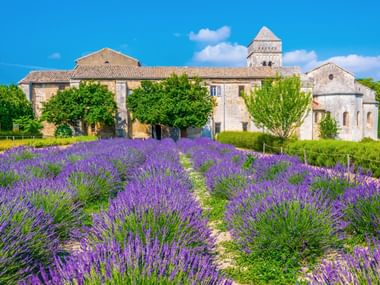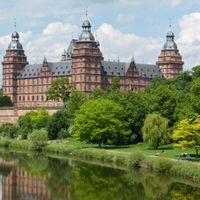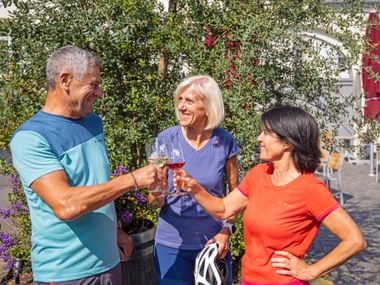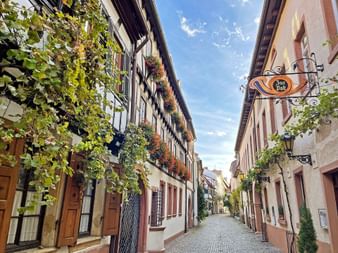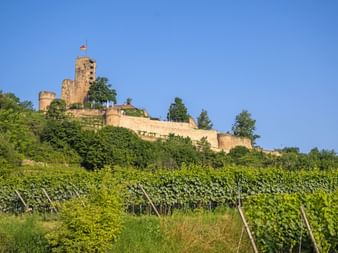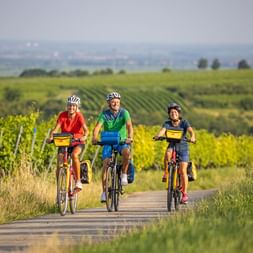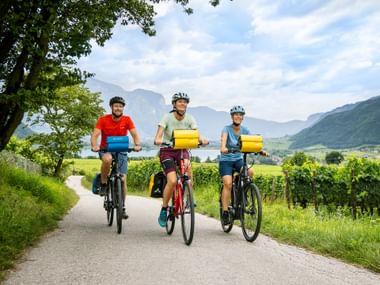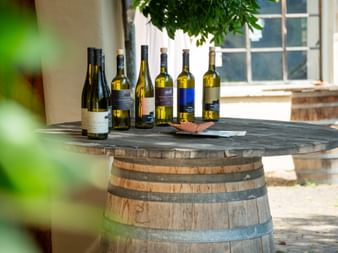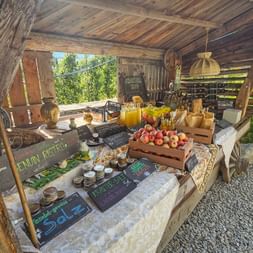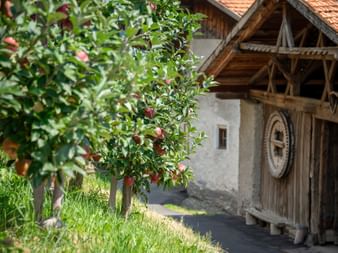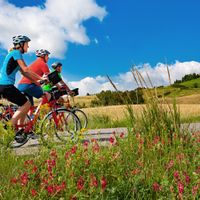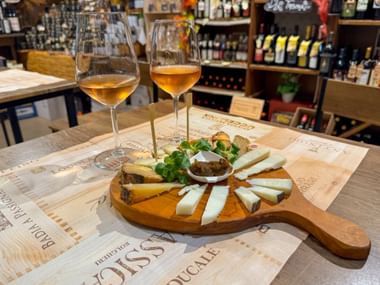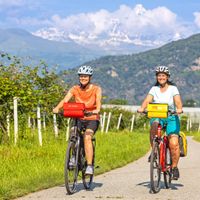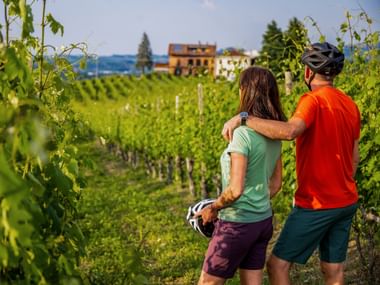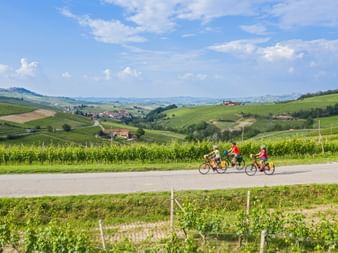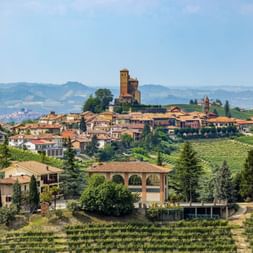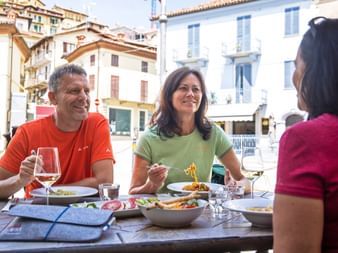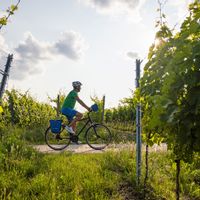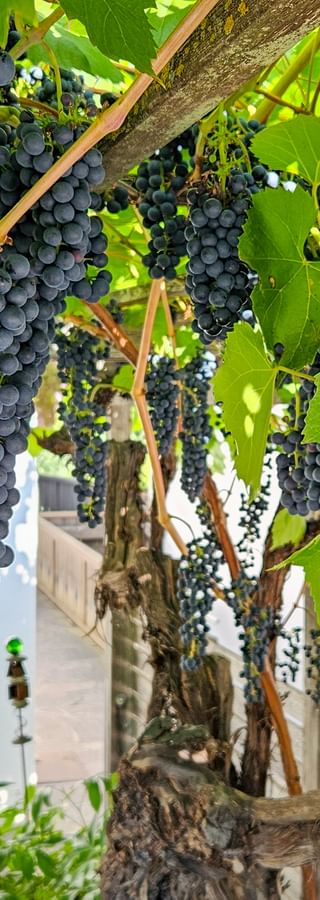Provence is more than just a region in France. It is a promise of endless summers, fragrant lavender fields, and places brimming with energy and inspiration. Beyond purple, the region’s signature color is pink—after all, nearly 90% of its wines are delicate, sun-kissed rosés.
With around 3,000 hours of sunshine each year, the soils are often sparse, and the rolling hills of the Tanneron Massif and the Massif des Maures define the landscape. In addition to the iconic lavender fields, olive and almond trees flourish, while the plains yield cherries, melons, peaches, and apricots. The dominant grape varieties—Grenache, Carignan, Cinsault, and Mourvèdre—form the backbone of the region’s fruity rosés. Provence also produces robust reds, while its whites are light, delicate, and aromatic.
Did you know that the famous Châteauneuf-du-Pape wine region—“The Pope’s New Castle”—traces back to Pope Clement V? In 1308, the wine-loving pontiff moved his residence to Avignon. At the time, the wines from the surrounding area were simple, everyday beverages for local villagers—a situation he aimed to improve.
His successor, Pope John XXII, responded by establishing dedicated vineyards, giving the region its iconic name: Vin du Pape, or “Wine of the Pope.”

